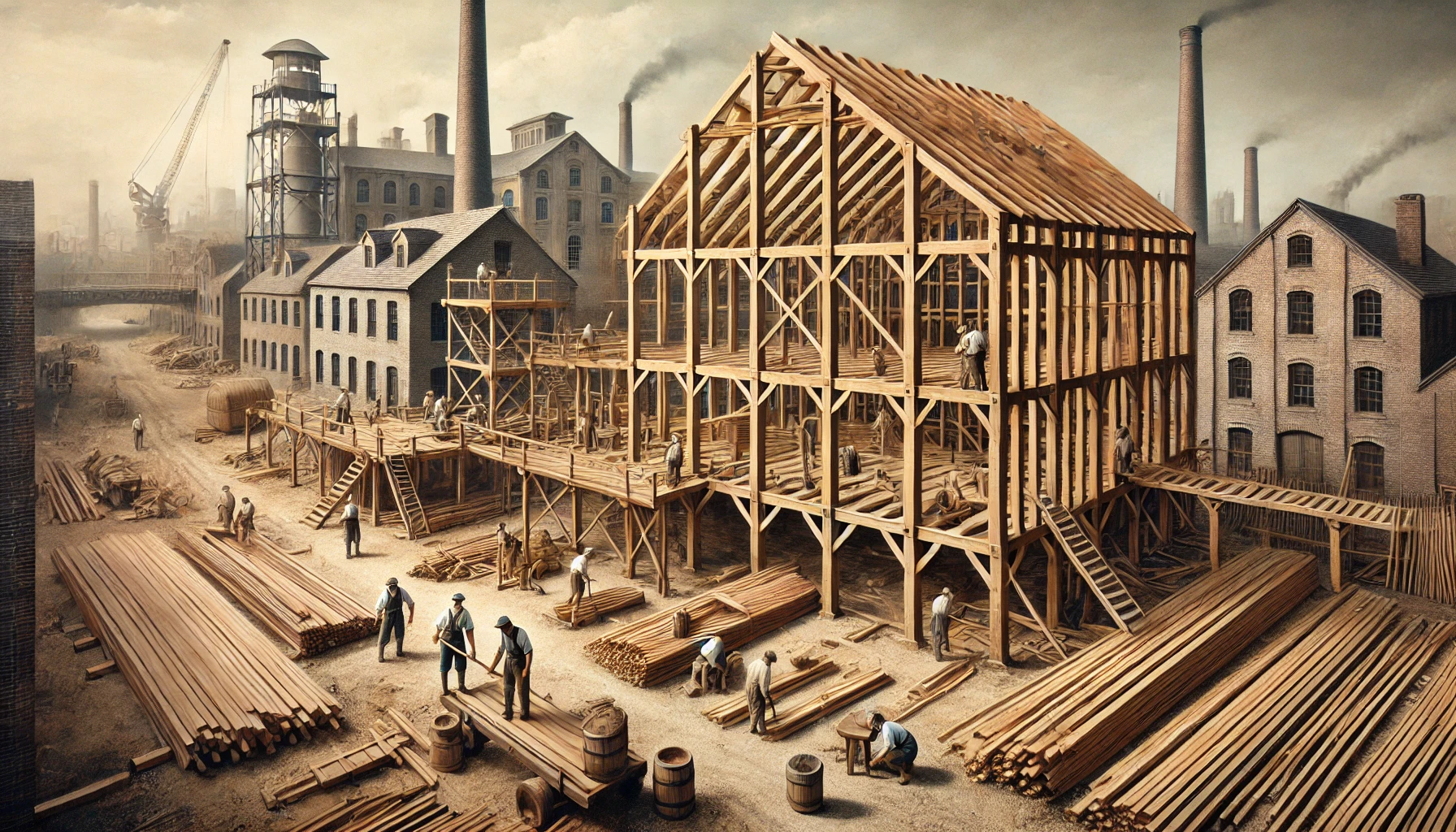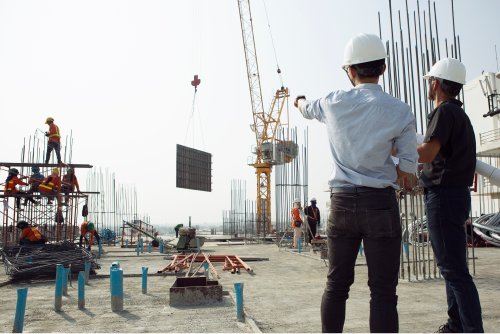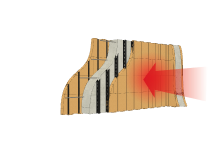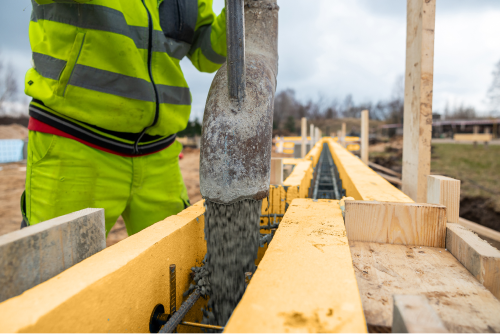A 200-Year Technology Gap
The stark contrast between modern technological achievements and outdated construction methods presents a compelling paradox.
For instance, we have advanced to the point of designing reusable rockets and developing artificial intelligence capable of driving cars,
yet construction practices remain largely unchanged since the 19th century. While supercomputers fit in our pockets and rovers traverse Mars,
the way we build homes remains tethered to 19th-century techniques.
The introduction of stick-frame construction by Augustine Taylor in 1832 revolutionized construction during its time,
but today’s challenges require a monumental shift.
In the nearly 200 years since, innovations like the telephone, electric light, and even space travel have emerged.
Yet, the majority of homes continue to rely on construction techniques developed during Andrew Jackson’s presidency.
The Modern Construction Challenge
Why Stick to Outdated Methods? Modern challenges demand modern solutions. Traditional construction struggles to address key issues like energy efficiency, climate resilience, and workforce shortages. Here’s why it matters:
1. Energy Performance
Buildings consume vast amounts of energy, accounting for nearly 40% of U.S. energy use annually,
with inefficient insulation significantly contributing to the $2,000 average yearly HVAC costs for homeowners.
Standard wall assemblies offer modest insulation, leading to escalating utility bills and environmental impacts.
2. Weather Resilience
The story of the “Sand Palace,” a hurricane-resistant ICF home that withstood Hurricane Michael in 2018, highlights the inadequacies of traditional building methods.
Unlike its neighbors, which were reduced to rubble, the Sand Palace’s reinforced concrete core and superior insulation allowed it to endure 250 mph winds,
showcasing the potential of modern construction methods compared to the vulnerabilities of traditional stick-frame designs.
Homes built using stick-frame construction are often no match for extreme weather events.
3. Workforce Dynamics
- 92% of contractors report difficulty finding skilled workers.
- 66% of sites experience delays due to labor constraints.
- An estimated 501,000 additional workers are needed in 2024.
These challenges underscore the need for transformative solutions.
The Evolution of Construction Materials
What Led to Today’s Innovations? Building materials have evolved to meet urban demands, but they still fall short of 21st-century expectations. Let’s explore why traditional materials no longer suffice:
- CMU: Introduced in the early 1900s, CMU blocks offered fire resistance and durability but required additional insulation,
increasing costs and complexity. Additionally, the use of mortar joints created weak points, reducing overall structural integrity during seismic events
and requiring extensive maintenance over time. - Traditional Concrete Forms: Mid-20th-century forms enhanced structural integrity but depended heavily on weather conditions
and offered no insulation. These forms also required significant labor for setup and removal, often leading to delays in project timelines due to weather sensitivity. - Steel Framing: Early 1900s steel construction enabled high-rises but struggled with energy efficiency due to thermal bridging.
The material’s susceptibility to corrosion increased maintenance costs, and its high thermal conductivity necessitated additional insulation to meet energy efficiency standards.
Each innovation addressed specific needs while introducing new limitations, leaving gaps in energy efficiency, labor demands, and disaster resilience.
Traditional ICF: A First Step Forward
Breaking Ground with Early ICF: In the 1940s, Insulated Concrete Forms (ICF) revolutionized construction by integrating strength and insulation. While a major leap forward, early ICF systems still faced significant limitations. Here’s a closer look:
- Wind resistance up to 250 mph.
- R-22 insulation, reducing HVAC costs by up to 32%.
- Streamlined construction through fewer trades and steps.
However, ICF faced challenges including water absorption, flammability, and complex installation processes, preventing widespread adoption.
Monolith: The Better ICF
Why Monolith Stands Out: By refining traditional ICF with cutting-edge polyurethane technology, Monolith solves the challenges of earlier systems. Here’s what sets it apart:
- 1.8x Greater Strength: Enhanced durability and reduced bracing requirements during construction. This increased compressive strength allows for higher concrete pour heights, reducing the need for intermediate construction steps.
- Zero Water Absorption: Complete moisture protection through a closed-cell structure. Unlike traditional materials, Monolith’s polyurethane prevents mold and mildew while maintaining long-term integrity even in flood-prone areas.
- Class A Fire Rating: Exceeds building code requirements with 3+ hours of fire resistance. The material forms a protective char layer when exposed to fire, ensuring occupant safety and structural stability.
- R-33 Insulation: Reduces HVAC needs by up to 50%, significantly lowering energy costs. This level of insulation not only meets but exceeds modern energy efficiency standards, reducing environmental impact.
- 7-in-1 Integration: Combines structure, insulation, vapor barrier, fire resistance, air barrier, sound barrier, and attachment points into one system. This integration streamlines construction processes, minimizes labor requirements, and enhances the overall durability and performance of buildings.
Real-World Benefits
Summary of Monolith’s Key Advantages:
- Faster and more efficient construction processes.
- Superior energy and cost savings for homeowners.
- Long-term sustainability and resilience for communities.
1. Faster Construction
Monolith’s streamlined installation reduces labor demands and accelerates project timelines, enabling year-round construction regardless of weather.
Crews can achieve significant time savings by integrating multiple building components into one process, allowing projects to stay on schedule even in adverse conditions.
2. Cost Efficiency
Lower material waste, reduced insurance premiums, and long-term energy savings provide economic advantages for builders and homeowners alike.
The integrated 7-in-1 system eliminates the need for additional materials like separate vapor barriers and insulation, leading to a lower overall cost per square foot compared to traditional methods.
3. Community Impact
How Monolith Builds Resilience:
- Homes constructed with Monolith’s ICF technology withstand extreme conditions, offering better security and longevity.
- Local manufacturing facilities foster economic growth by providing employment opportunities and enabling builders to meet demand with fewer delays.
- Enhanced energy efficiency and durability directly contribute to a reduced environmental footprint and promote sustainable community development.
The Path Forward
Building a Sustainable Future: The construction industry stands at a pivotal moment. Modern solutions like Monolith’s ICF technology offer a way to address today’s challenges while paving the way for resilient, efficient communities.
Monolith’s advanced polyurethane ICF technology provides a clear path to building stronger, smarter, and more sustainable communities.
Explore our technical specifications, schedule a consultation, or connect with our team today to see how Monolith can transform your next project.
Ready to Build Stronger Communities? Contact Monolith to learn more about transforming your next project with the power of advanced ICF technology.












